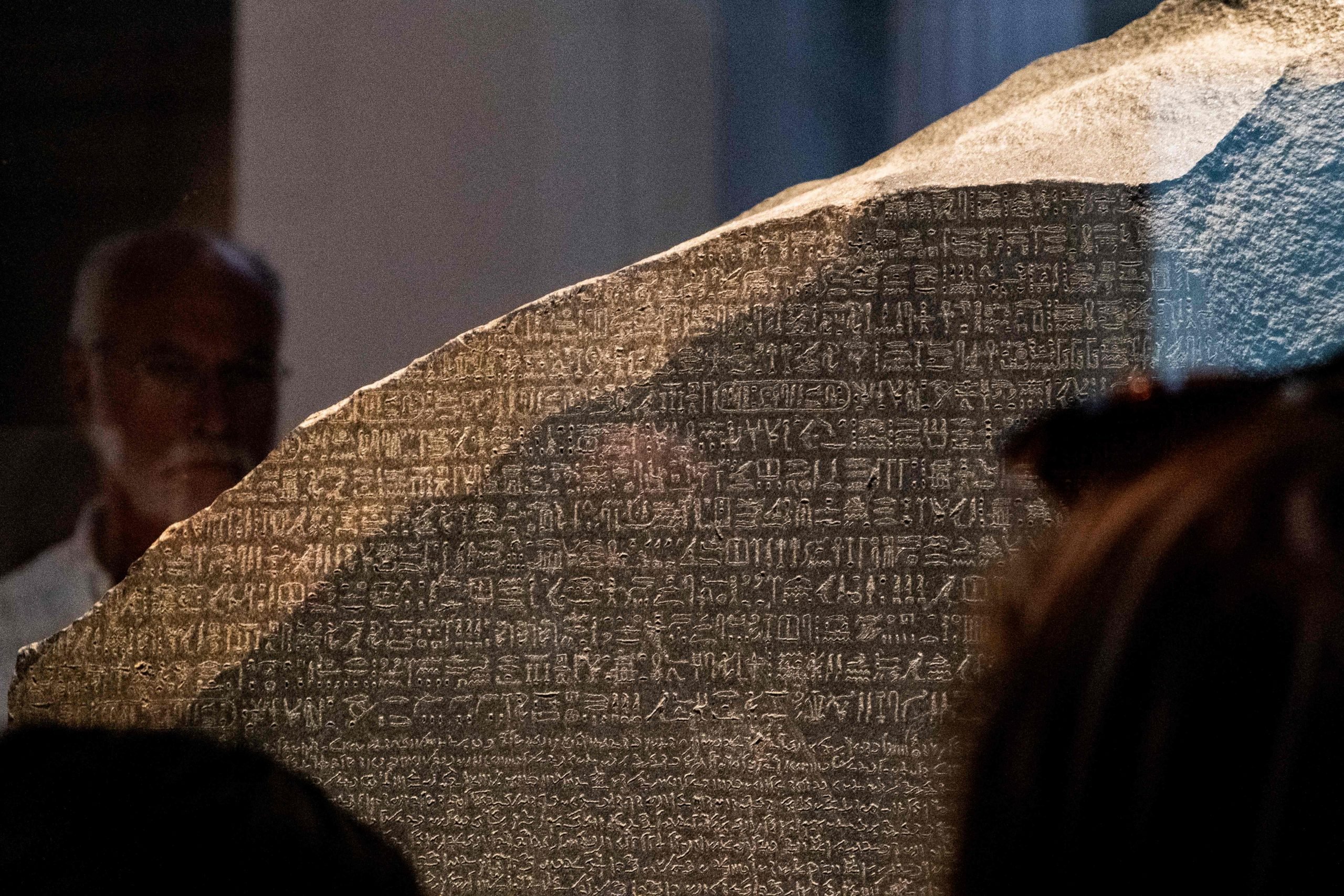
The internationally renowned Egyptologist and archaeologist Zahi Hawass is calling on three European institutions to return iconic works of art that he says rightfully belong to Egypt.
Hawass is planning to relaunch an earlier effort for repatriation amid a changing tide in repatriation of colonial-era looted objects. In recent months, Germany made a landmark commitment to return Benin bronzes to Nigeria, the Smithsonian Institution has officially approved the return of 29 bronzes, and just a few weeks ago the Arts Council England issued a 33-page report detailing measures for U.K. institutions to “take proactive action in a spirit of transparency, collaboration, and fairness,” when it comes to restitution and repatriation claims.
There is also a longstanding debate over the Parthenon Marbles, which were removed from the Acropolis in the 19th century by Lord Elgin and now reside at the British Museum. An Oxford University scholar floated the idea of 3-D printing an exact replica of the Marbles to stay in London, with the originals returning to Greece.
Egypt’s antiquities chief Zahi Hawass supervises the removal of the linen-wrapped mummy of King Tutankhamun from his stone sarcophagus in his underground tomb in the famed Valley of the Kings in Luxor, 04 November 2007. Photo courtesy of Ben Curtis/AFP/Getty Images.
Hawass says he will circulate a petition signed by leading Egyptian intellectuals citing the importance of the treasures he wants returned—the Rosetta Stone, which is at the British Museum in London; the Dendera Zodiac ceiling at the Louvre in Paris; and a bust of Nefertiti at the State Museums Berlin.
“I believe those three items are unique and their home should be in Egypt” Hawass told The National. “We collected all the evidence that proves that these three items are stolen from Egypt.”
The Rosetta Stone, a stele dating to 196 BCE inscribed with hieroglyphics written in Ancient Egyptian, Demotic, and Ancient Greek, was discovered in Memphis, Egypt in 1799 by the French officer Pierre-François Bouchard. When Napoleon’s army was defeated two years later, the British took posession of the stone under the Treaty of Alexandria, and it has been in the collection of the British Museum since 1802.
Construction at the new Grand Egyptian Museum near the Giza pyramids in Cairo. KHALED DESOUKI/AFP/Getty Images.
Hawass has been agitating for the return of the objects since at least 2003, when he served as the secretary-general of the Supreme Council of Antiquities, calling the Rosetta Stone the “icon of Egyptian identity.” In 2011, Hawass requested loans of the artworks for the forthcoming Grand Egyptian Museum, but all were denied.
In a statement to the Art Newspaper, the British Museum said “visitors can see the Rosetta Stone alongside other pharaonic temple monuments, and also within the broader context of other ancient cultures including their contemporaries such as Rome, Athens and Persia, allowing the public to explore this vast arc of history.”
Neither the Louvre nor the Berlin State Museums responded to requests for comment.